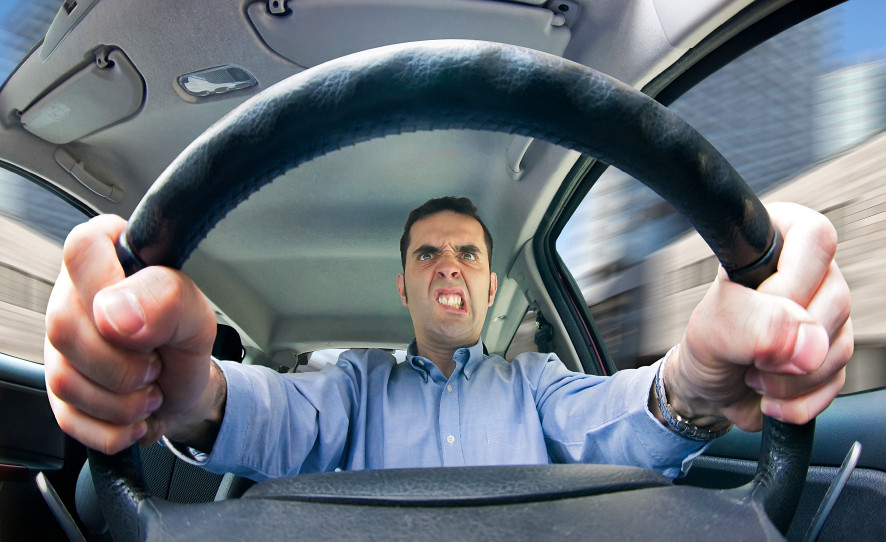6 Troubling Things You Need to Know About Aggressive Driving

According to the National Highway Traffic Safety Administration (NHTSA), approximately 6,800,000 auto accidents occur every year, and a substantial amount is due to aggressive driving and road rage. Every February, the agency rolls out their campaign to help put an end to this danger.
- Nobody is Immune from the Effects of Road Rage
Even police officers get hot under the collar from time to time, as discussed in a news report which covers a Charleston auto accident intentionally caused by a deputy. Although full details of the day's events are unknown, the article links to footage of a deputy cutting in front of another vehicle and slamming on his breaks. According to CNBC, those most likely to have bouts of aggression while driving are:
- Male
- People between the ages of 35-50
- People driving blue cars
- Most People Have Driven Aggressively
According to AAA, 8 out of 10 people have driven aggressively to the point where they pose a serious or very serious risk.
- Many Common Driving Habits are Considered Aggressive
Although most people don't realize it, many behaviors commonly observed on American roadways are considered to be aggressive. The list includes, but is not limited to:
- Speeding
- Tailgating
- Driving slowly in the passing lane
- Passing on the shoulder
- Blocking lanes
- Failing to signal
- Aggressive Driving is Deadly
AAA believes that more than half of all fatalities caused by auto accidents can be attributed to aggressive driving.
- Aggressive Driving Morphs into Road Rage
While aggressive driving involves various negligent actions on the road, it's not done with the intent to harm. Generally, aggressive drivers are those who are running late or frustrated with traffic. On the other hand, someone who suffers from road rage becomes irritated to the point where they feel retaliation is justified. Road rage behaviors may include things like:
- Making gestures
- Honking
- Flashing high-beam headlights to make a point
- Break-checking (Hitting the brakes to startle the person behind you or to intentionally cause a collision.)
- Aggressive Driving is Contagious
AAA has also noted that a single act of aggressive driving can trigger reactions from other drivers. This can set off a dangerous chain of events. This is seen in the video of the deputy, as it begins with him blocking the fast lane so others are unable to pass. This first instance of aggressive driving is then followed by the civilian tailgating the deputy in a chain-reaction of aggression. It ends with full-fledged road rage, as the deputy cuts in front of the other driver and slams on his brakes, causing a collision.
Charleston Auto Accident Attorney
If you have been injured by an aggressive driver or someone exhibiting signs of road rage, you may be entitled to reparations. Courts routinely award funds for medical bills, non-economic damages, and damaged property. However, it helps to have someone on your side who can prove how events occurred on the day of the collision. Please contact our office for a free consultation using our online form or speak directly with one of our attorneys by calling1(800)610-2546.
Contact Us
Clore Law Group welcomes your questions about any issues concerning a serious personal injury, car accident, medical malpractice, nursing home neglect, or business tort. If you have a viable claim, we’ll explain the legal process. Since consultations are always free, there’s no cost in learning your legal options.